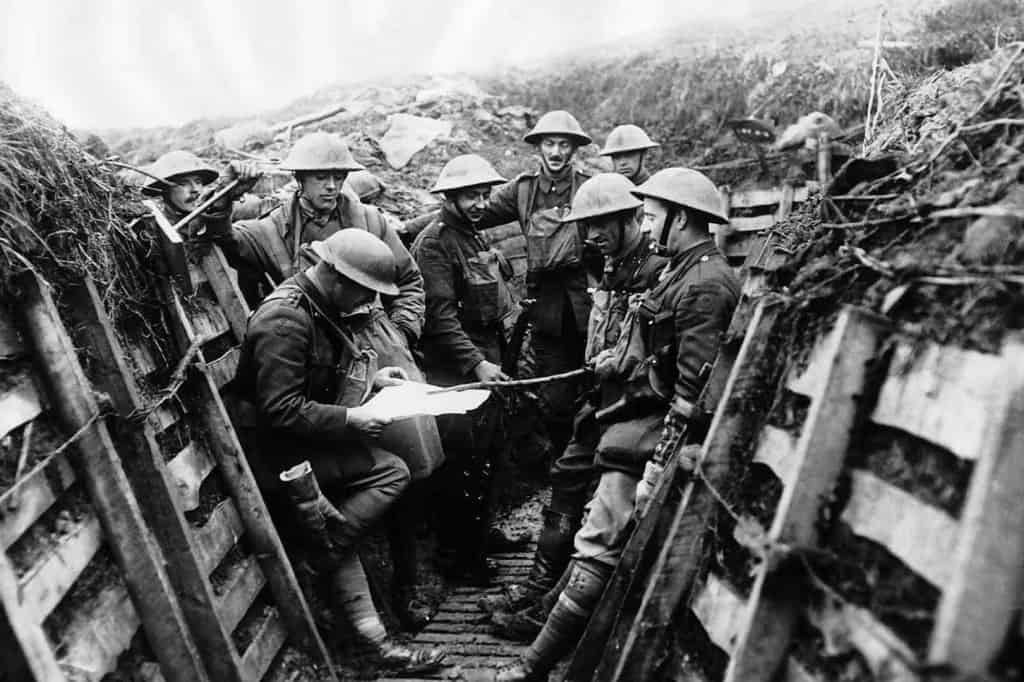
World War 1, also known as the Great War, was a global conflict that lasted from 1914 to 1918. It was one of the most devastating wars in human history, resulting in the deaths of more than 16 million people. The war was sparked by a number of factors, including political tensions, economic rivalries, and military alliances. In this article, we will explore the root causes of World War 1 and how it all began.
The Assassination of Archduke Franz Ferdinand

The immediate cause of World War 1 was the assassination of Archduke Franz Ferdinand of Austria-Hungary on June 28, 1914. The archduke was assassinated by a Serbian nationalist in Sarajevo, Bosnia. This event set off a chain reaction of events that led to the outbreak of war. Austria-Hungary declared war on Serbia, which led to a series of alliances being activated.
Military Alliances

Before the outbreak of World War 1, many European powers had formed alliances with each other. These alliances were meant to provide mutual protection and support. The two main alliances were the Triple Entente, consisting of France, Russia, and the United Kingdom, and the Triple Alliance, consisting of Germany, Austria-Hungary, and Italy. When Austria-Hungary declared war on Serbia, these alliances were activated, and it quickly turned into a global conflict.
Imperialism and Nationalism

Another major cause of World War 1 was imperialism and nationalism. Many European powers were competing for colonies and resources around the world. This competition led to tensions and rivalries between these countries. Additionally, many countries had strong nationalist sentiments, which meant that they were willing to go to war to protect their country's interests and honor. These factors contributed to the growing tensions between European countries in the years leading up to the war.
Militarism
Militarism was another major factor that contributed to the outbreak of World War 1. Many countries had been investing heavily in their military forces in the years leading up to the war. This arms race led to an increase in military power and a growing sense of competition between countries. This competition ultimately led to the outbreak of war.
The Schlieffen Plan

The Schlieffen Plan was a military strategy developed by Germany in the years leading up to World War 1. The plan was designed to quickly defeat France and then turn their attention to Russia. The plan involved a massive attack on France through neutral Belgium. This plan was a major contributor to the outbreak of war, as it led to Germany's invasion of Belgium and the activation of the Triple Entente.
The Role of Technology
The role of technology in World War 1 cannot be overstated. The war saw the introduction of new weapons and tactics that had never been used before. These included tanks, chemical weapons, and machine guns. These new technologies made the war even more devastating and contributed to the high death toll. Additionally, the use of new technologies led to changes in military tactics and strategies.
The Legacy of World War 1

The legacy of World War 1 is still felt today. The war had a profound impact on the world, both politically and socially. It led to the collapse of empires, the rise of new nations, and the redrawing of borders. It also led to the development of new technologies and military tactics that would be used in future conflicts. Most importantly, it taught the world the devastating consequences of war and the importance of peace.
Conclusion
In conclusion, World War 1 was a complex and multifaceted conflict that was sparked by a number of factors. The assassination of Archduke Franz Ferdinand, military alliances, imperialism and nationalism, militarism, the Schlieffen Plan, and the role of technology all played a role in the outbreak of war. The legacy of World War 1 is still felt today and serves as a reminder of the importance of peace and diplomacy in international relations.